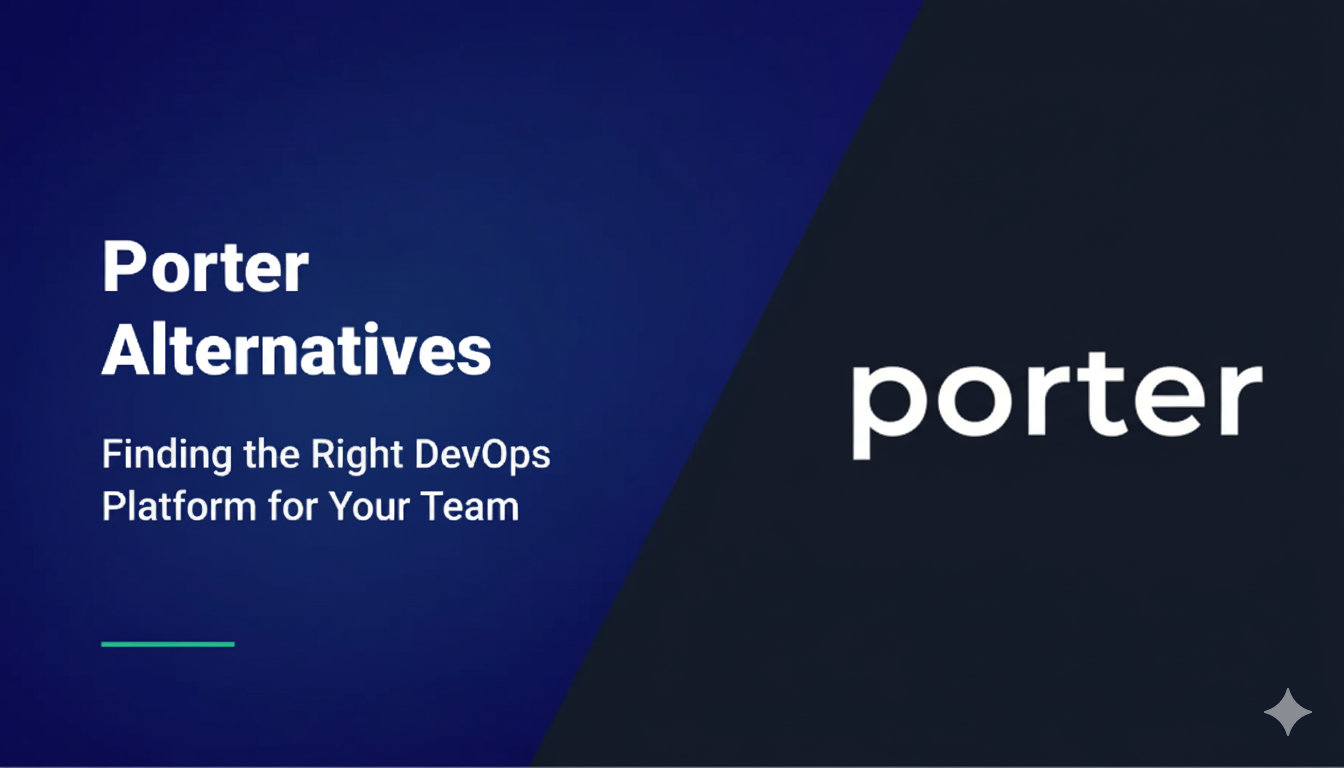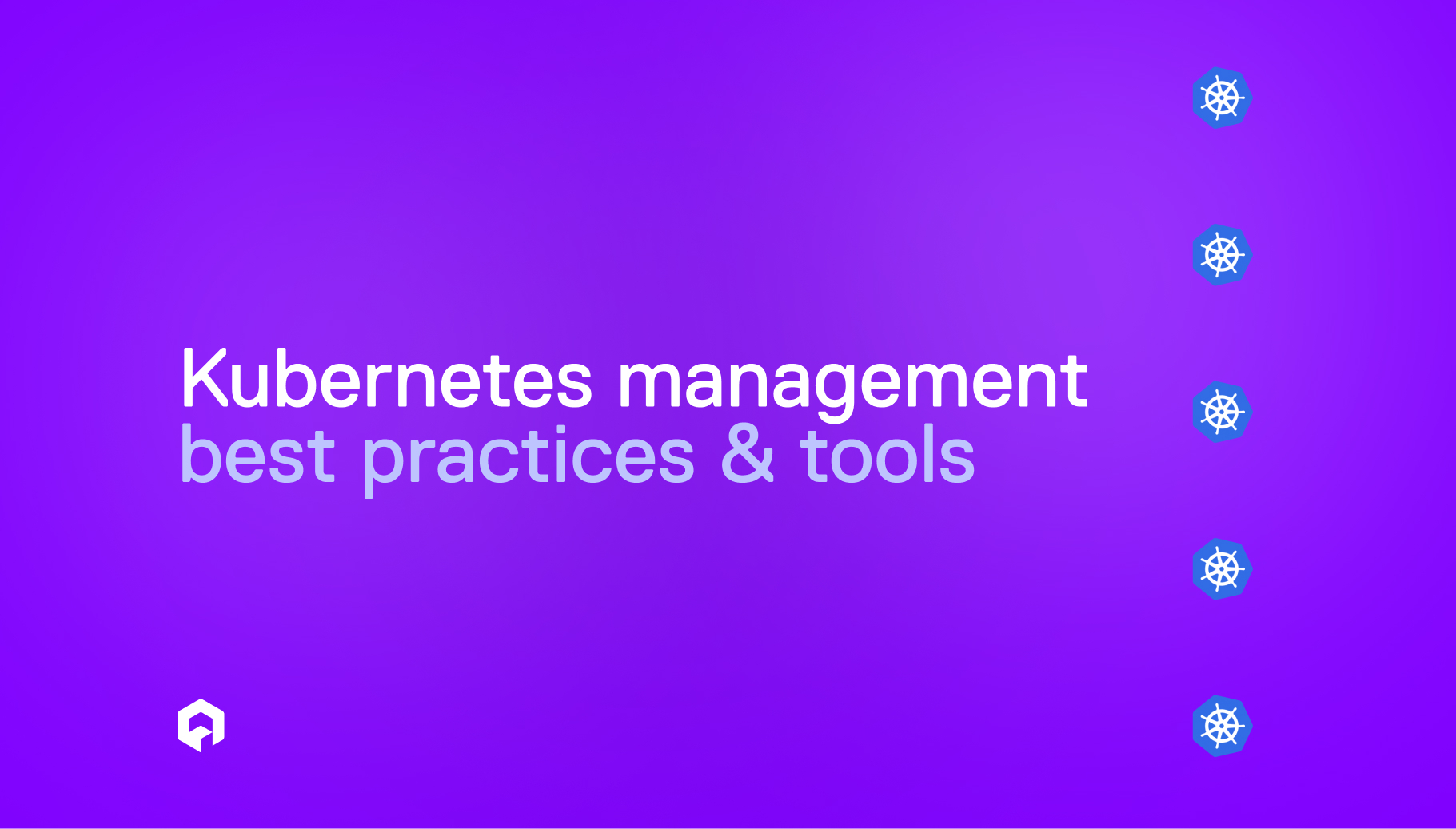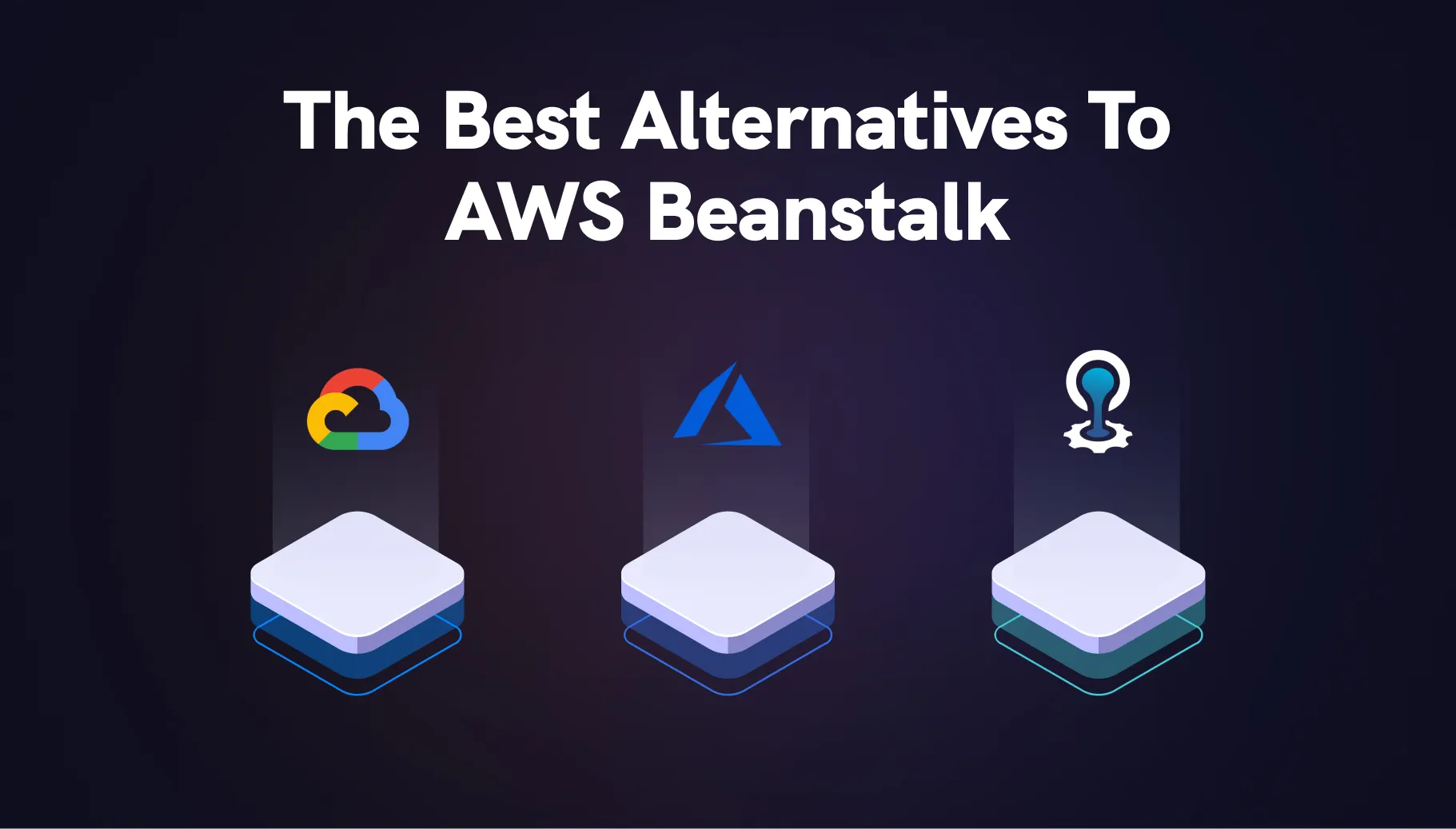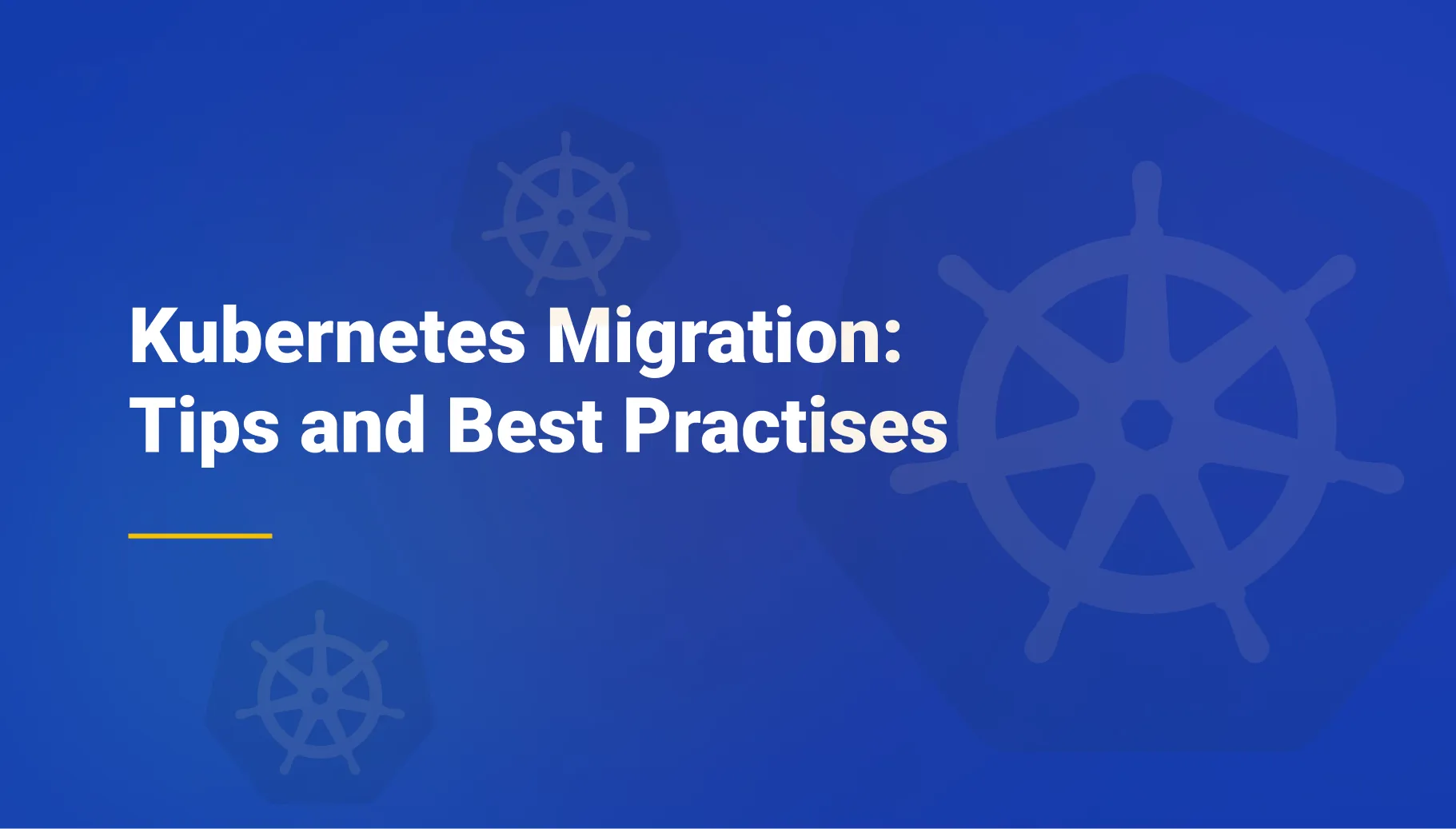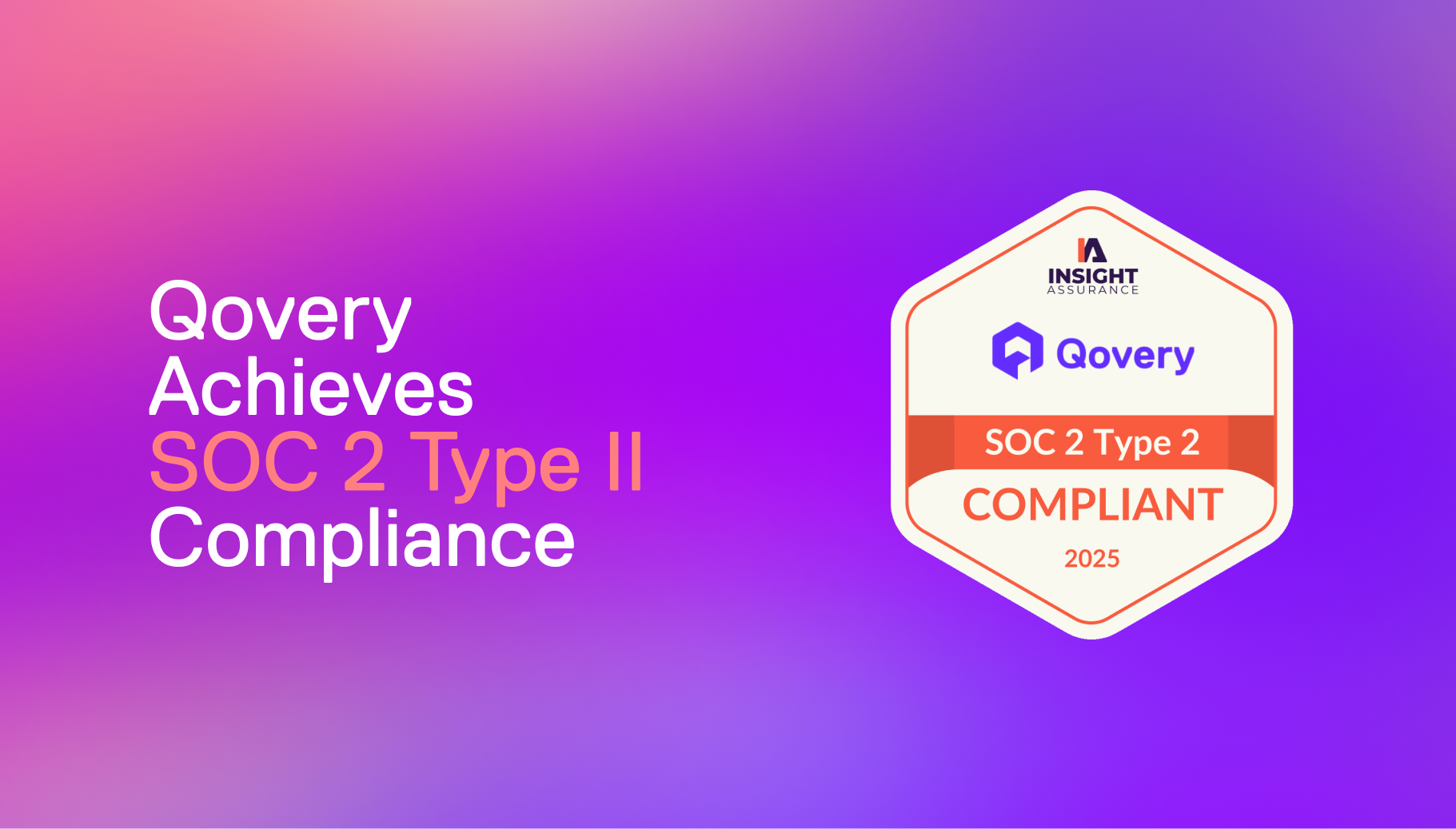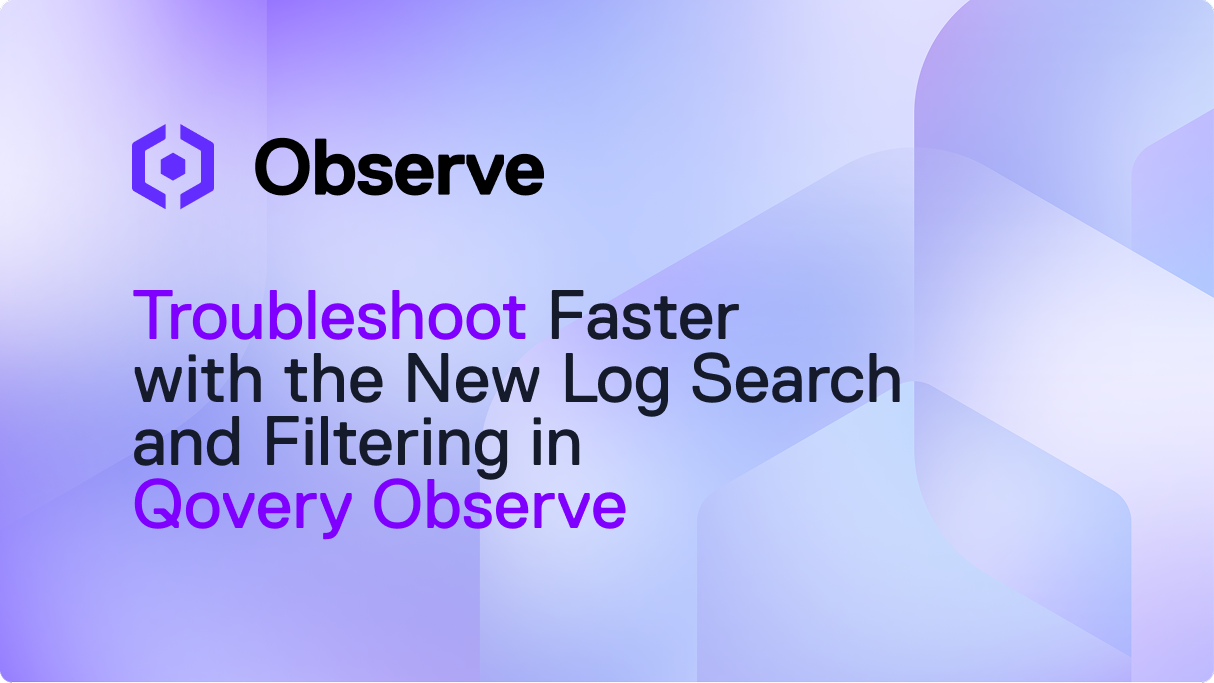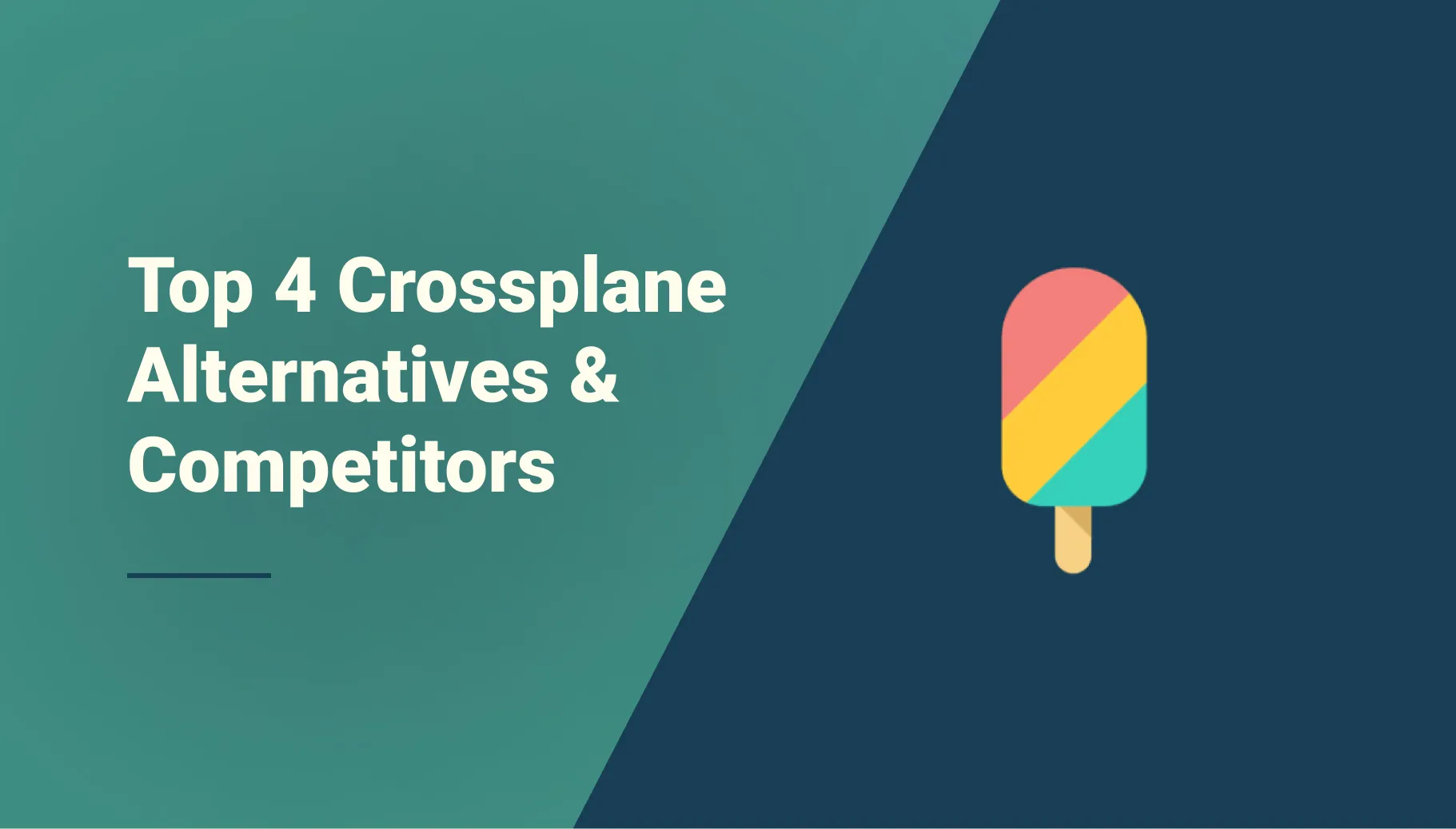


Qovery revival: Brand New Web Console for a world new Developer Experience

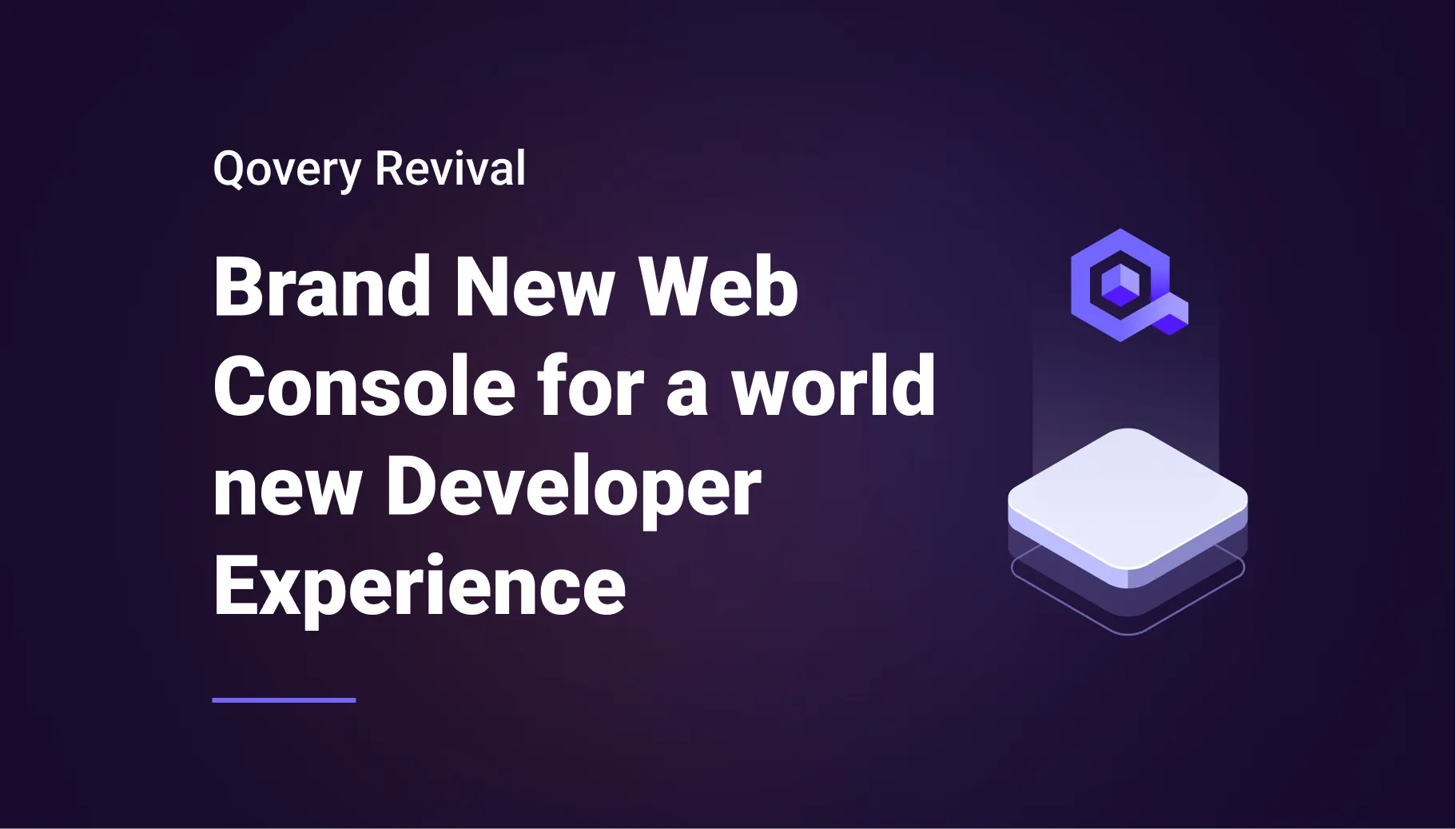

V2 versus V3
Around September 2021, we launched our V2 console, it was an excellent start to deliver essential features, but we felt like a few things were missing, that’s why almost a year later, we are back with the V3 console, let me walk you through the main changes:
A better Developer Experience
“All the features developers need to scale, available on your AWS account in minutes instead of months” that’s one of the first things you see when you land on our home page. While it was already true with the V2, we wanted to make it even easier with the V3.
The onboarding should be easy, so we decided to add more guidance to every step to ensure you know what you have to do to be all set up and have your deployment ready as fast as possible.
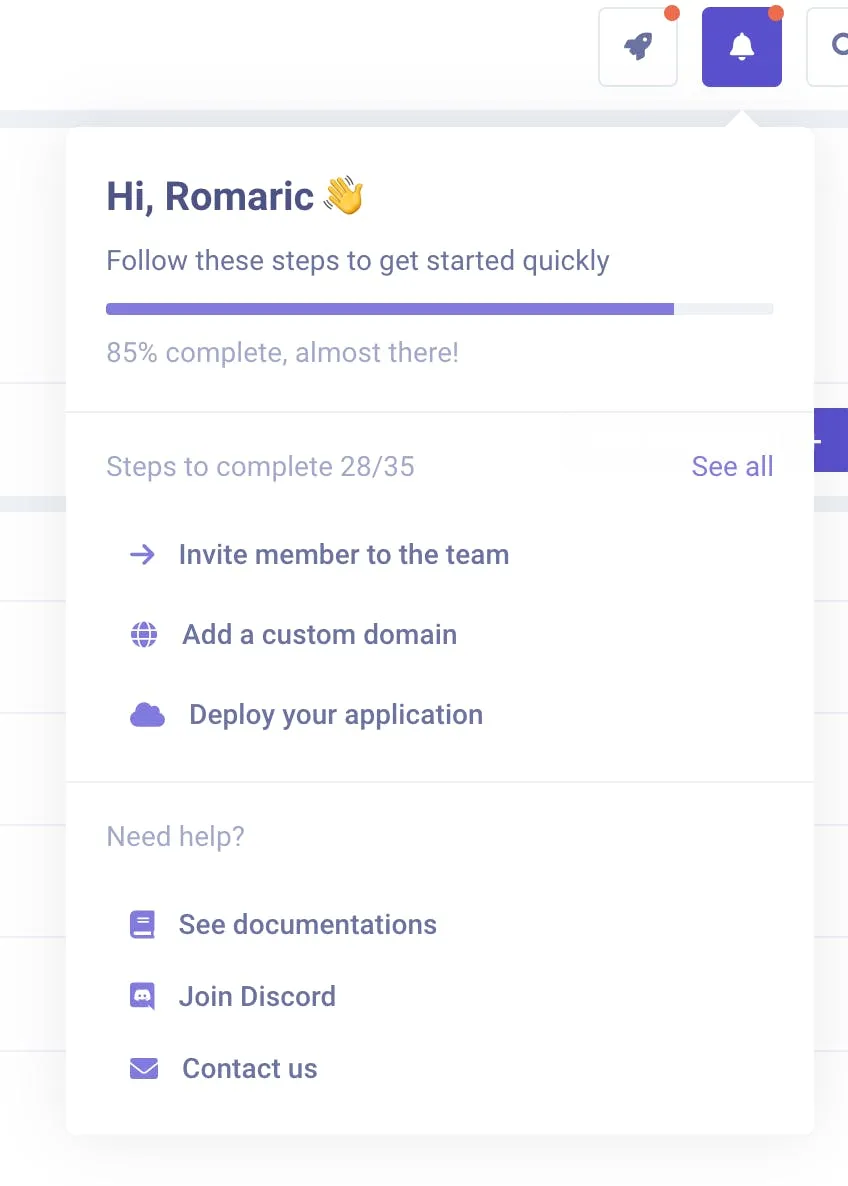
More transparency
We know those insights are essential, and for our V3, we decided to provide you with much more insights on your infrastructure, including usage and cost, but also the event’s history so that you will know everything about the deployments.
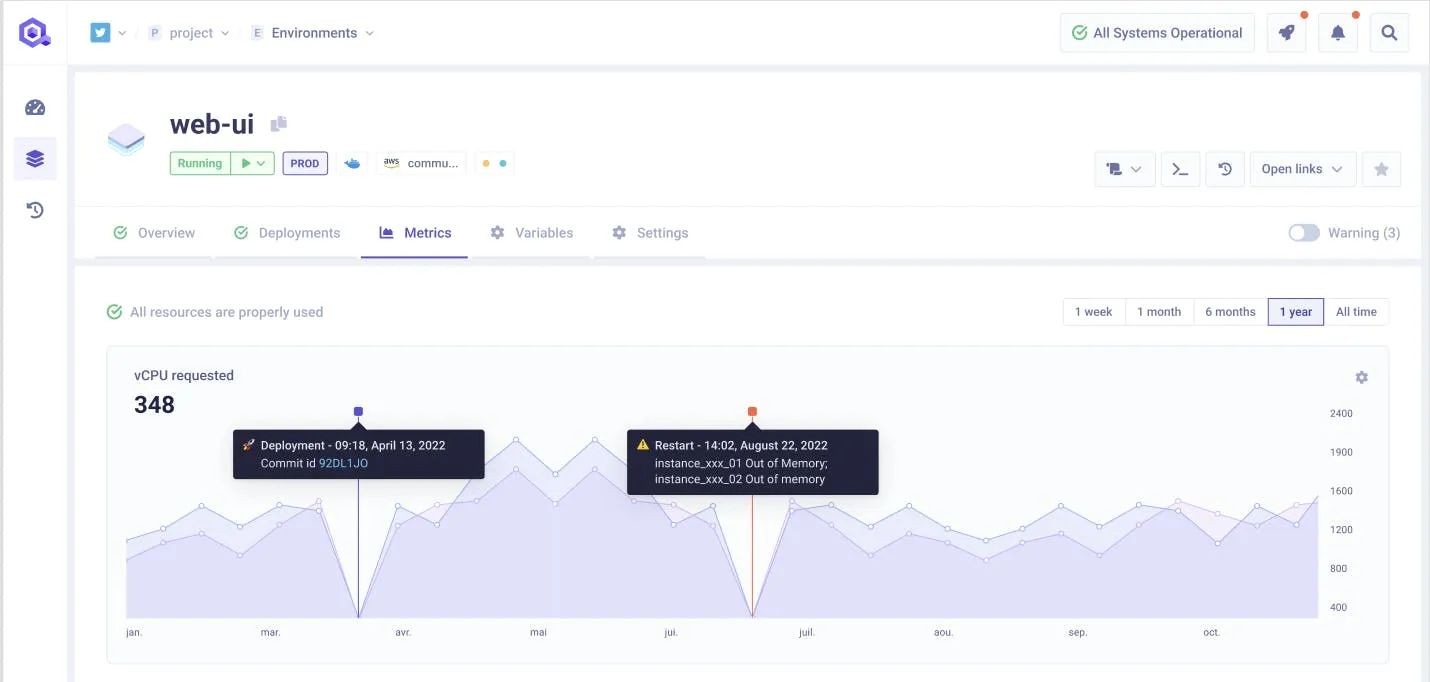
The second significant change of this new version will be the logs! You now can easily access the infrastructure logs (clusters), so you can debug when there are issues.
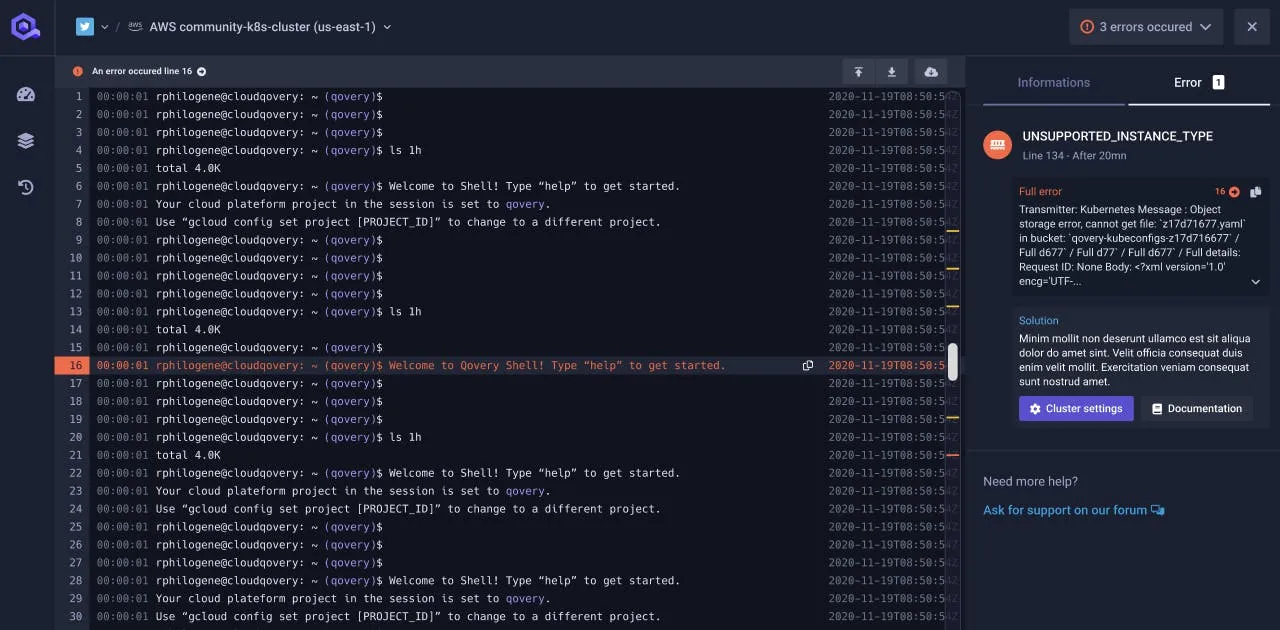
Integration
Our V3 will make integration even easier, you’ll still be able to use Terraform, but there will also be integrations with Slack, Datadog, Webhooks, Github Actions, and much more.
Open-source
Our new console is open source, you can find the repository here and feel free to contribute.
Bonus: Built on React
Back to the end of 2021, when we first started to talk about a V3, this was a very hot topic. Our V2 was built in Angular, and the question started to pop: should we build the V3 in Angular still or in React? After quite a few debates, the choice was made, and our V3 is in React; now, there is nothing wrong with Angular, but we felt like React would be a better choice for future recruitments.
What’s done?
While not every feature will be ready for the first phase, the essentials will be here and this includes:
- Environments list: display environment list, manage deployment actions, display running / deployment statuses, manage deployment rules.
- Service list (Environment page): display service list, manage deployment actions, display running / deployment statuses, and display the deployments.
- Application page: overview page, manage deployment actions, display running / deployment statuses, display the deployments.
- Database page: overview page, manage deployment actions, display running / deployment statuses, display the deployments.
And last but not least:
- Infrastructure logs: this will be the first new feature accessible to anyone and only on the V3 platform. You will be able to access your infrastructure logs by opening the new log view directly from the V2 cluster section.
If you want to see what it looks like, I’ll be hosting the Qovery Demo Day on the 23rd of June which will include a V3 demo by our amazing Software Engineer, Benjamin Debon (aka Benjamin Code), join us, register to this link.
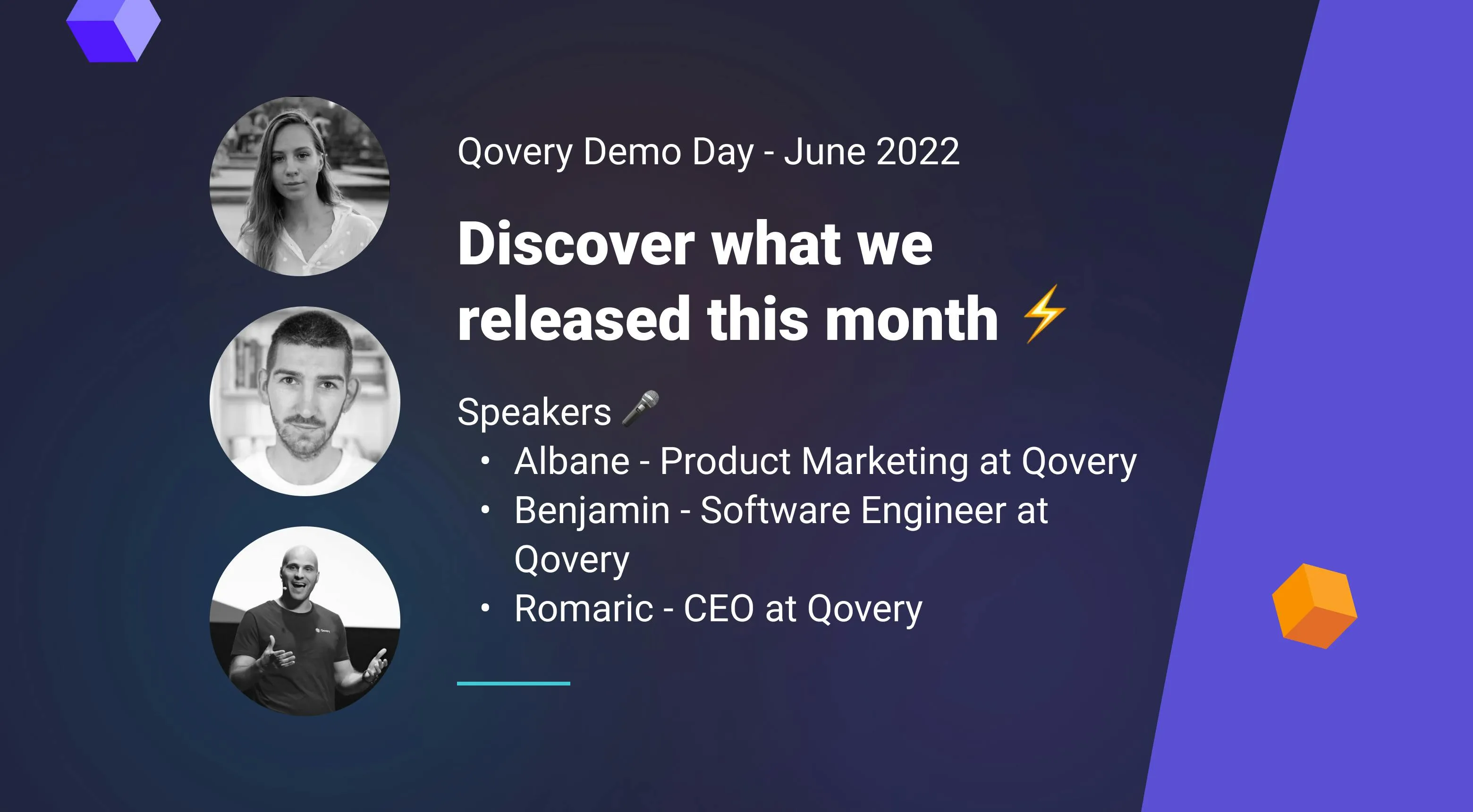
What’s next?
After the first launch of the Alpha version, we will be collecting your valuable feedback to correct any possible bugs and improve the user experience! The goal is to release an official Beta with all the features that are already available in the V2 by September, to know everything about it, check out our blog where I will be giving updates on the V3 every two weeks.
When can I try it?
We hope you are as excited as we are for this release; as it’s only the beginning, we would like to onboard people who are already using Qovery's DevOps automation tool on a day-to-day basis to manage their infrastructure and can spend a few minutes per week to provide constructive and transparent feedback.
If that’s your case, our Alpha soft launch is planned for the end of June, to register your interest, click here!

Suggested articles
.webp)



.svg)
.svg)
.svg)
